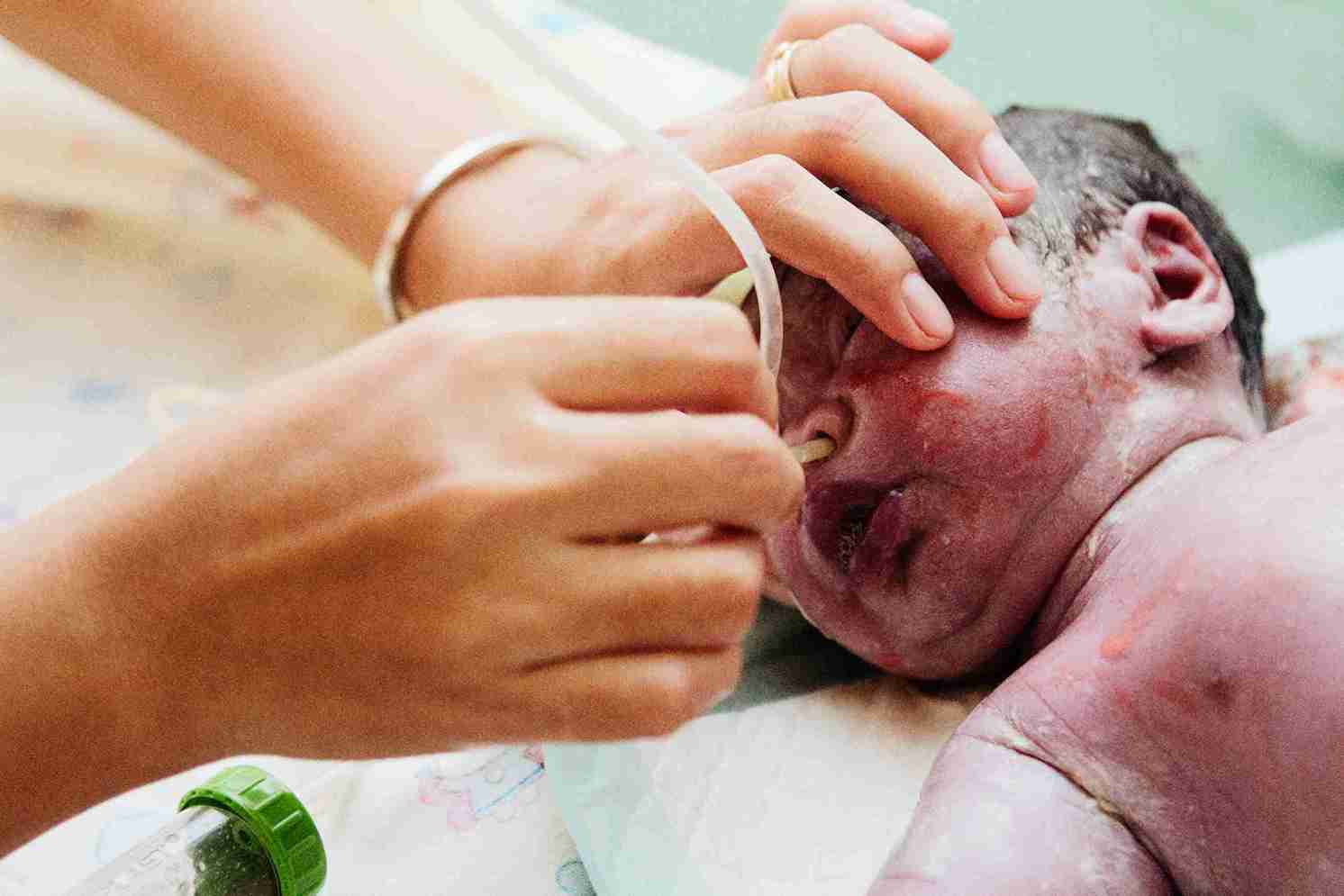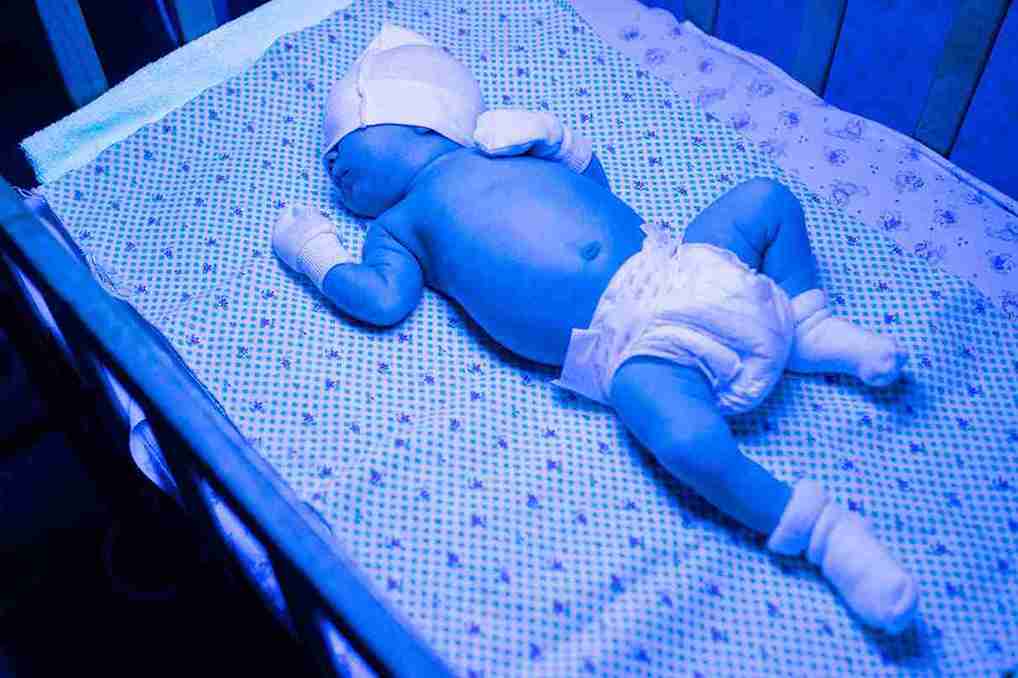
During pregnancy, every parent hopes their baby will be born healthy and strong. However, some babies may face health challenges very early in life. Birth deformities in infants are physical changes that occur while the baby is developing in the womb. These can affect the baby's appearance, movement or body functions. Although this can be a tough topic for new parents, it’s really very important to know at least the basic facts about such disorders, as many of these conditions can be treated or managed with proper care.
In this blog, we shall explore a few common types of deformation syndromes in newborns and the treatments available to support their growth.

Birth deformations, or congenital anomalies, refer to any abnormalities that affect a baby’s body as it develops in the womb. These abnormalities can range from severe to mild, may affect single or multiple organs, and may often change the baby’s appearance or physical and mental abilities. It must also be remembered that not all newborn deformation syndromes are immediately visible, though most are detected within the first few months or a year from the time of birth. A few might also be life-threatening, thus necessitating the need for immediate treatment, while others may require lifelong treatment and management.
Listed below are a few of the most common neonatal deformities.
Spina bifida is a type of neural tube defect that occurs within the first 28 days of pregnancy. This is a very visible birth deformity that affects the spinal column area of babies. The baby’s spine does not develop properly, and its back is open, thus exposing the spinal nerves and a section of the spinal cord. This disorder could be caused by genetics or environmental factors.
This disorder can be diagnosed during pregnancy via:
Spina bifida could range from mild (spina bifida occulta) to less severe (meningocele) to extremely severe (myelomeningocele). Depending on the level of severity, treatment could consist of surgeries (either during pregnancy or after delivery), usage of assistive devices like crutches, braces, etc.
Goldenhar syndrome is a type of craniofacial condition that occurs in the baby’s head or skull. It usually affects the eyes, ears and spine of the baby. Babies suffering from Goldenhar syndrome typically have:
This congenital birth disorder cannot be detected during pregnancy. To confirm if the baby is suffering from Goldenhar syndrome, the following tests can be performed:
Once the diagnosis is confirmed, the baby will require treatment based on the symptoms, such as feeding assistance in case of cleft lip/palate, eyeglasses for vision loss, hearing aids for resolving hearing loss, etc.
Achondroplasia is yet another type of birth deformity. It is a type of skeletal dysplasia that affects the development of cartilage tissue in the baby’s arms and legs. Babies born with achondroplasia will grow into adults with very short stature. Such babies usually have:
Achondroplasia is diagnosed using X-rays, MRI scans, ultrasound imaging, genetic testing, etc. There is no cure for this congenital disorder, and lifelong management will be required to resolve issues like obesity, spine curvature, back or leg pains, etc. Despite this, most kids can lead whole and healthy lives.

Osteogenesis Imperfecta is a type of congenital bone disorder. It is called brittle bone disease because people suffering from this condition have extremely fragile bones that will easily break even from small mishaps. This condition occurs due to the body’s inability to produce adequate amounts of type I collagen, a protein that plays a key role in developing strong bones and tissues. Kids suffering from this disorder may have spinal curvature, short stature, a barrel-shaped rib cage, etc.
Osteogenesis Imperfecta is diagnosed via:
Once the diagnosis has been confirmed, a healthcare provider might suggest undergoing physical therapy or occupational therapy, wearing braces, splints, etc. Bisphosphonate medicines may also be prescribed to strengthen the bones and prevent fractures. A pulmonologist may also need to be referred in case any complications from respiratory issues arise.
CHARGE syndrome is a genetic condition that affects many newborn babies. The term “CHARGE” is actually an acronym that refers to the typical health issues that arise for people who suffer from this condition.
The causes of deformation in newborns suffering from CHARGE Syndrome are unclear, but many studies have attributed its occurrence to the genetic mutation of the CHD7 gene. Treatment is usually based on the symptoms.

Orofacial clefts are among the most common types of deformation syndromes in newborns. A cleft refers to the presence of an abnormal opening. Babies with orofacial clefts typically have an opening or gap in the lip, the roof of the mouth (palate) or both. Babies with this disorder could have several issues, such as:
Treatment usually involves surgery to close the gap in the lip, palate or both.
Encephalocele is another type of neural tube defect, and the baby could be born with sac-like protrusions either at the front or back of the head. These protrusions or bulges are caused by the incomplete closure of the neural tube during fetal development, which allows brain tissue and membranes to push through an opening in the skull. This condition could be caused by genetic changes, infections, neurological changes, etc. Ultrasound scans and MRI testing may have to be performed in order to know more about the issue, especially if the opening is very small.
Surgeries may be recommended to remove the typically non-functional portion of the brain that grew outside the skull and to repair the abnormal skull opening.
Hearing that your newborn has a congenital deformation syndrome can be scary for any parent. It will be pretty overwhelming, and it may take a bit of time to recover from the initial shock of the diagnosis. Remember that it is natural to feel so. In most cases, if the problem is found early and treated on time, things can get much better. Often, with the right care and support, many children born with congenital deformities grow up to live happy and healthy lives.

Deformation syndromes in newborns refer to a range of abnormal health issues that affect the shape or structure of the baby’s body parts.

Deformation syndromes usually involve the musculoskeletal system and may not always be the result of genetic mutations or inherited defective genes, whereas genetic birth defects are usually the result of inherited or spontaneous gene mutations that can affect various organs and systems throughout the body.

Deformation syndromes in infants could be caused by genetic issues, gene mutations, environmental causes, etc.
